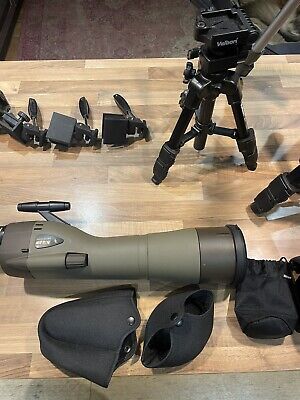She’ll not av feathers on
Active member

Hi everyone. First post from a very novicey yet eager newcomer to the pastime!
Sorry to hijack the thread but it fits in nicely with what I wanted to ask also.
43 now and the days of wasting money on drugs and alcohol are thankfully a thing of the past.
So now I have a lot more time that’s not sat in the pub I’ve been spending it at Attenborough nature reserve near Nottingham. I bought my first set of binoculars from there a couple of months ago and they’re great but I’m already yearning to be able to look much further afield.
With that in mind, what would be a good starter scope for someone with no experience using them at all? Budget…. Up to a grand maybe. And I’d like to have the full kit and caboodle for that which I understand would need to include a tripod!?
Thanks in advance for help and guidance.
Sorry to hijack the thread but it fits in nicely with what I wanted to ask also.
43 now and the days of wasting money on drugs and alcohol are thankfully a thing of the past.
So now I have a lot more time that’s not sat in the pub I’ve been spending it at Attenborough nature reserve near Nottingham. I bought my first set of binoculars from there a couple of months ago and they’re great but I’m already yearning to be able to look much further afield.
With that in mind, what would be a good starter scope for someone with no experience using them at all? Budget…. Up to a grand maybe. And I’d like to have the full kit and caboodle for that which I understand would need to include a tripod!?
Thanks in advance for help and guidance.





